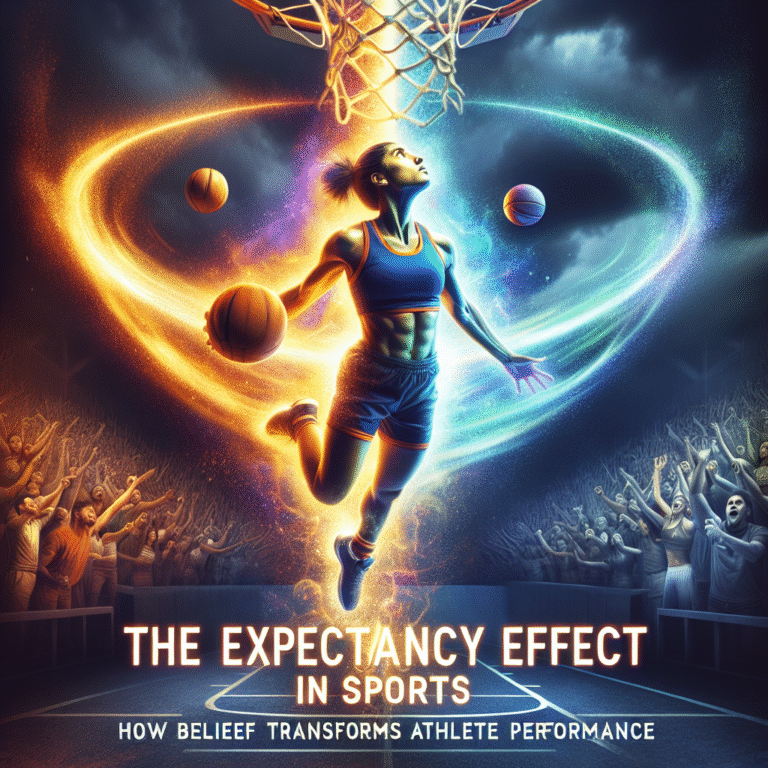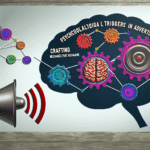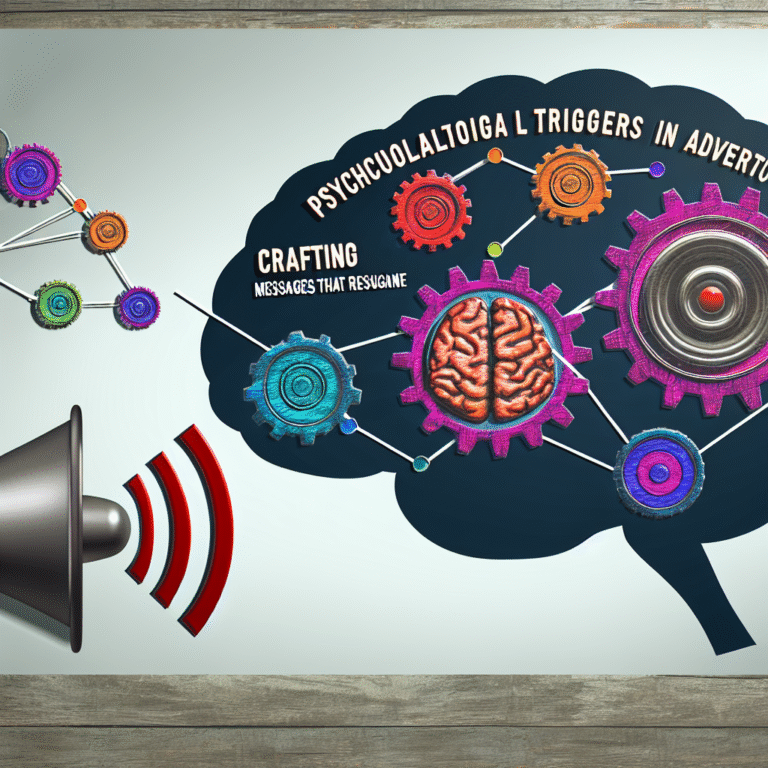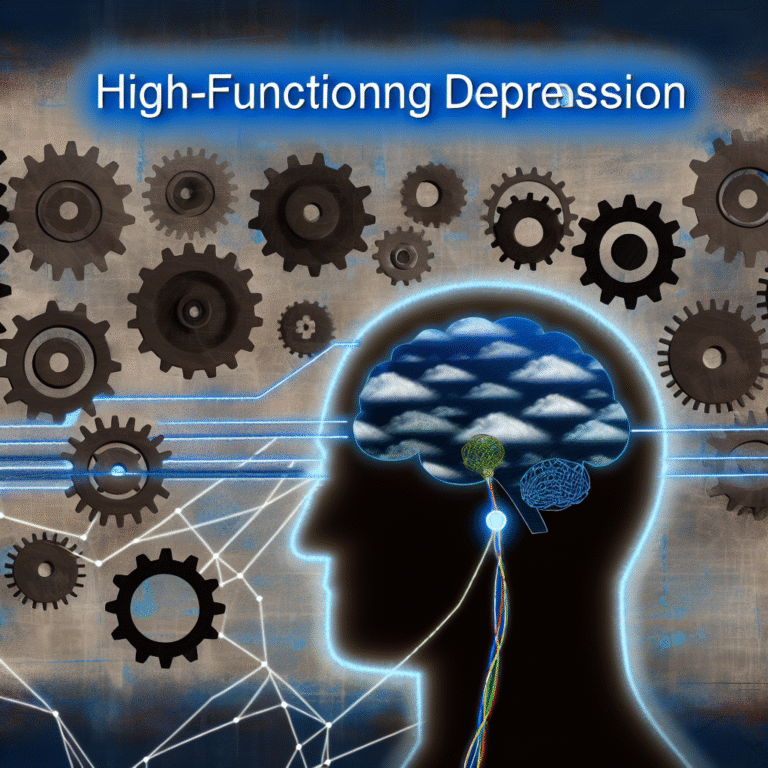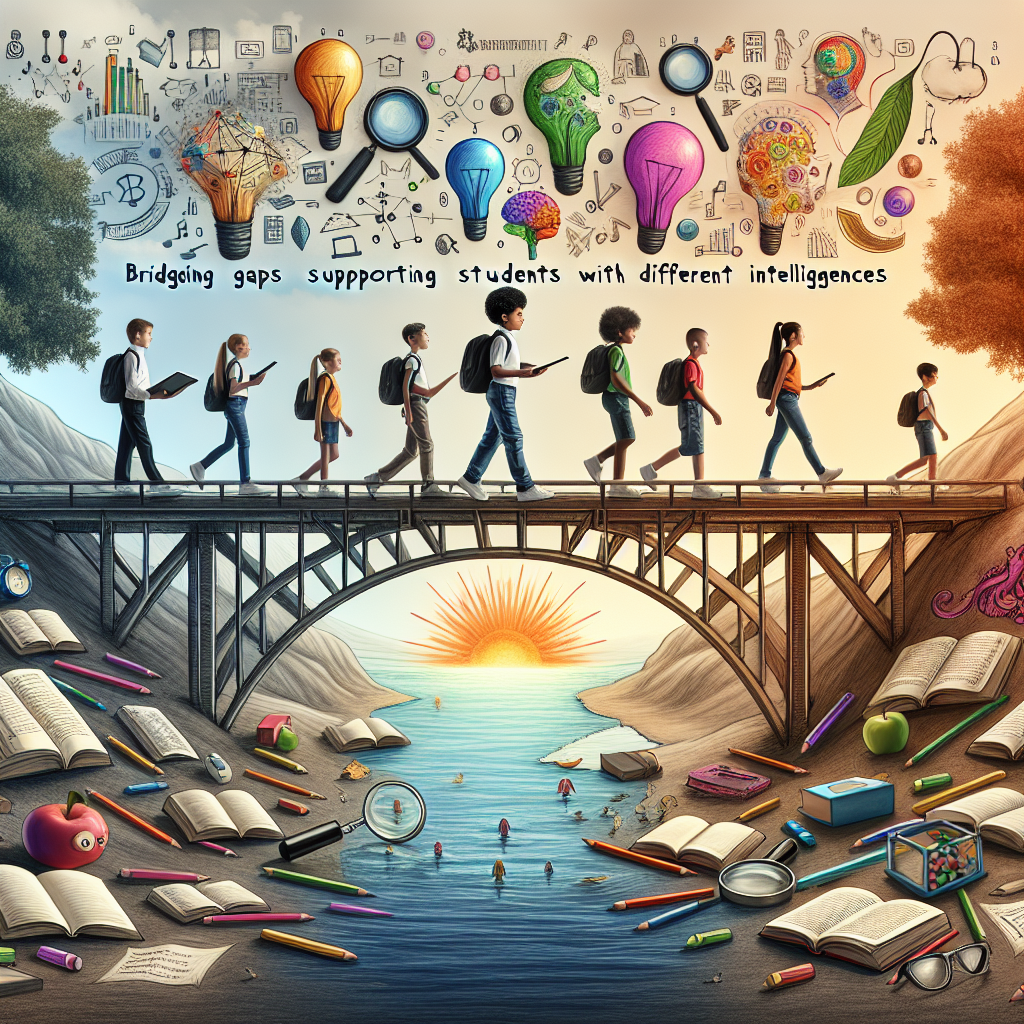
Introduction
In an increasingly diverse educational landscape, one key challenge stands out: how do we effectively bridge gaps for students with different intelligences? This question isn’t just academic; it has real implications for student engagement, performance, and long-term success. Bridging Gaps: Supporting Students with Different Intelligences is not merely a catchphrase—it’s an imperative that we must address if we hope to create inclusive learning environments where all students can thrive.
Let’s explore unique, actionable strategies that educators and parents alike can employ to effectively support students with varying intelligences. The journey towards understanding and catering to these differences is not just for teachers; it’s a communal effort that requires the involvement of everyone in the educational ecosystem.
Understanding Multiple Intelligences
What Are Multiple Intelligences?
Howard Gardner’s theory of multiple intelligences revolutionized the way we understand human intellectual capabilities. He proposed that intelligence isn’t a single entity but rather a collection of various types of intelligences. These include:
- Linguistic (word smart)
- Logical-Mathematical (number smart)
- Spatial (picture smart)
- Musical (music smart)
- Bodily-Kinesthetic (body smart)
- Interpersonal (people smart)
- Intrapersonal (self-smart)
- Naturalistic (nature smart)
By recognizing these different intelligences, educators can better support students in their learning journeys, making Bridging Gaps: Supporting Students with Different Intelligences an essential goal in contemporary education.
Case Study: A Classroom Transformation
Take, for example, an urban middle school where students were struggling academically. A teacher decided to employ Gardner’s theory in her curriculum. She created specific projects where each student could leverage their dominant intelligence. For instance, students with musical intelligence wrote and performed a song about the water cycle, while those with logical-mathematical intelligence created infographics displaying the same information.
The result? Not only did students become more engaged, but overall performance improved, showcasing how adapting to different intelligences can effectively bridge gaps in understanding.
Teaching Strategies for Different Intelligences
1. Differentiated Instruction
Differentiated instruction involves tailoring teaching environments and practices to create different pathways for students. In practice, this can mean grouping students based on their intelligences for certain projects or offering various types of material and assessments.
| Intelligence Type | Teaching Strategy |
|---|---|
| Linguistic | Encourage journaling or storytelling |
| Logical-Mathematical | Use puzzles and logical games |
| Spatial | Implement visual aids and graphic organizers |
| Musical | Incorporate music and rhythm into lessons |
| Bodily-Kinesthetic | Facilitate hands-on activities and role-playing |
| Interpersonal | Promote group work and collaborative projects |
| Intrapersonal | Offer reflective prompts and self-assessment |
| Naturalistic | Use outdoor learning and nature-based projects |
2. Utilizing Technology
Technology can play a vital role in customizing learning experiences. Learning platforms can offer resources tailored for specific intelligences and provide students with the flexibility to engage in their learning style of choice.
Case Study: Online Learning Hubs
A school district implemented an online learning hub that utilized adaptive learning technologies. Students could choose from a variety of resources—videos, quizzes, interactive games, etc.—that suited their cognitive strengths. This environment enabled learners to engage more effectively and collaborate across different intelligences.
Building a Supportive Environment
1. Community Involvement
Engaging the community in education can further support the diverse intelligence spectrum. Parents, local businesses, and organizations can collaborate with schools to provide resources and experiences that resonate with different types of learners.
2. Teacher Development
Ongoing professional development focused on multiple intelligences is crucial. Teachers must be well-equipped to identify and address the varying needs of their students. Workshops, training sessions, and peer mentoring can provide educators with the tools they need to implement these concepts effectively.
Measuring Success
1. Assessment Techniques
Standardized tests often fail to capture the breadth of a student’s intelligence. Alternative assessment methods, such as portfolios, group projects, and self-assessments, can provide a more rounded view of student capabilities. Emphasizing this diversity in assessment aligns with the goal of Bridging Gaps: Supporting Students with Different Intelligences.
Table: Various Assessment Methods
| Assessment Method | Suitable Intelligence Types |
|---|---|
| Portfolios | Intrapersonal, Spatial |
| Performances | Musical, Bodily-Kinesthetic |
| Group Projects | Interpersonal, Linguistic |
| Self-Assessments | Intrapersonal, Logical-Mathematical |
2. Case Study: A Balanced Assessment System
A school known for its diverse student body collectively created a balanced assessment system that included different evaluation types. As a result, teachers reported improved understanding among students and a noticeable increase in overall academic achievement.
Conclusion
Bridging Gaps: Supporting Students with Different Intelligences requires a multifaceted approach that includes differentiated instruction, technology use, community involvement, and ongoing teacher development. By understanding and embracing the strengths of each student, we can create learning experiences that not only resonate but also inspire.
As educators, parents, and community members, it’s essential that we champion the unique capabilities of every student. The future of education depends on our ability to nurture a diverse set of intelligences, transforming classrooms into havens of growth and opportunity for all.
FAQs
1. What are the different types of intelligences?
Gardner proposed eight types: linguistic, logical-mathematical, spatial, musical, bodily-kinesthetic, interpersonal, intrapersonal, and naturalistic.
2. How can I identify my child’s intelligence type?
Observing their hobbies and strengths, along with conducting assessments, can help you determine their dominant intelligence.
3. What strategies can teachers use to support students with different intelligences?
Teachers can implement differentiated instruction, utilize technology, and foster collaborative learning to effectively address diverse intelligences.
4. How can technology help in supporting various intelligences?
Learning platforms can offer tailored resources and adaptive learning experiences that cater to the specific needs and strengths of different types of learners.
5. What are the benefits of a well-rounded assessment system?
A balanced assessment recognizes and values the various intelligences present in students, delivering a more comprehensive understanding of individual capabilities.
In this comprehensive exploration of Bridging Gaps: Supporting Students with Different Intelligences, we’ve seen how essential it is to recognize and adapt to the varied ways students learn. This understanding not only enhances educational outcomes but creates a richer, more inclusive learning environment for everyone involved. Let’s commit to the journey of understanding and supporting all students, ensuring that no one is left behind.









